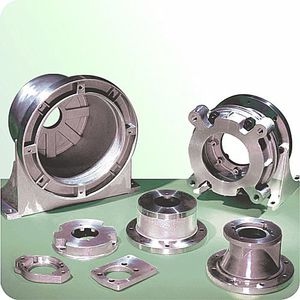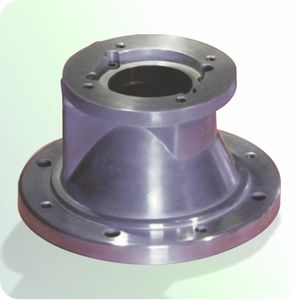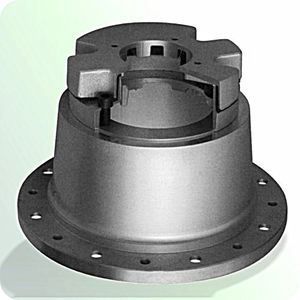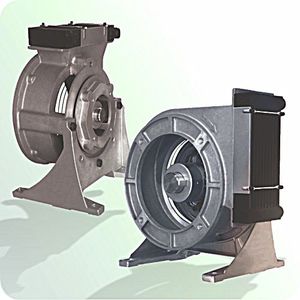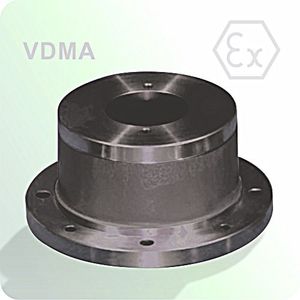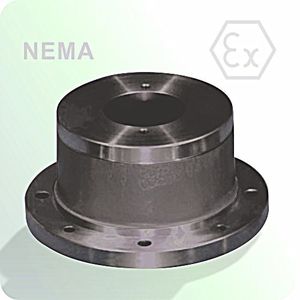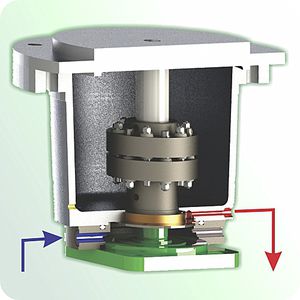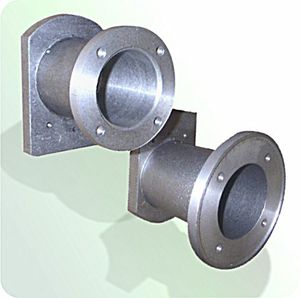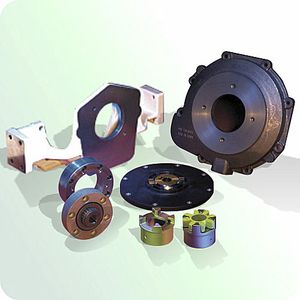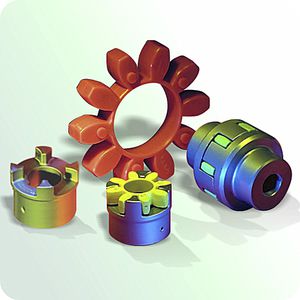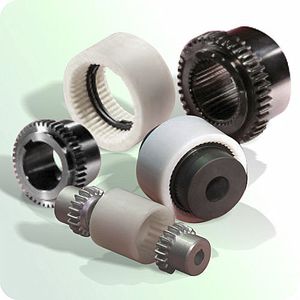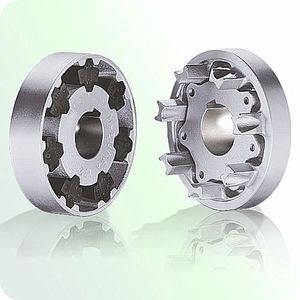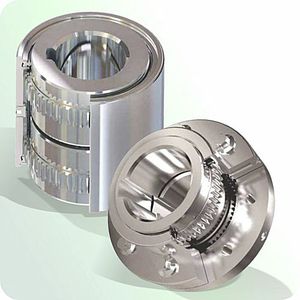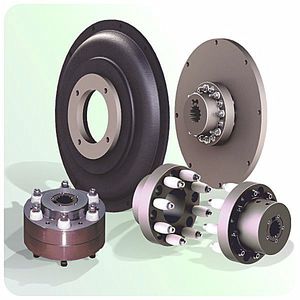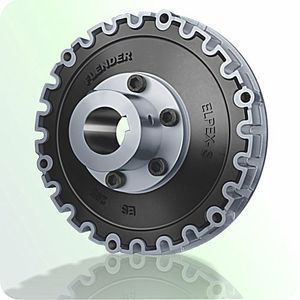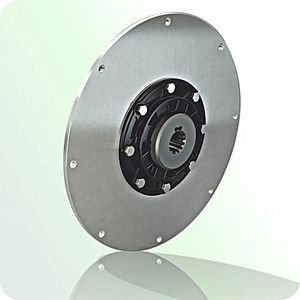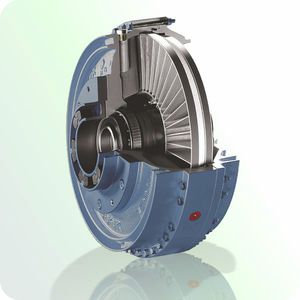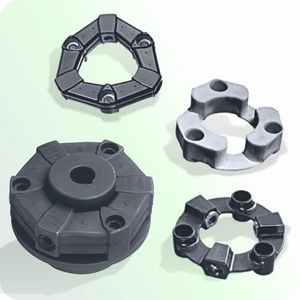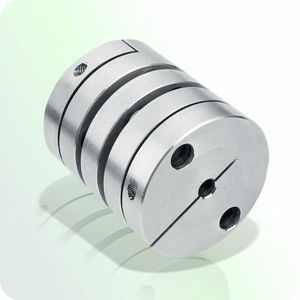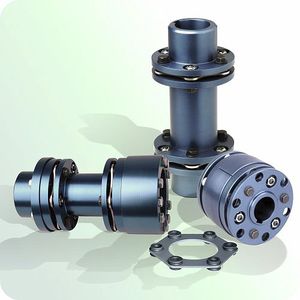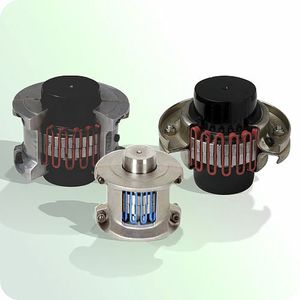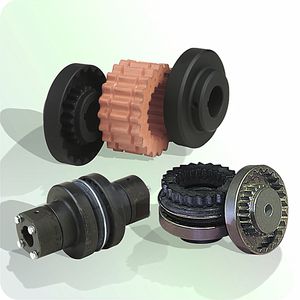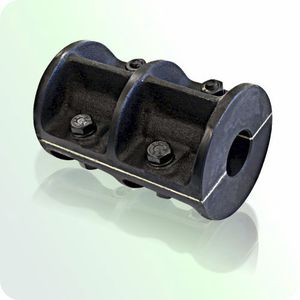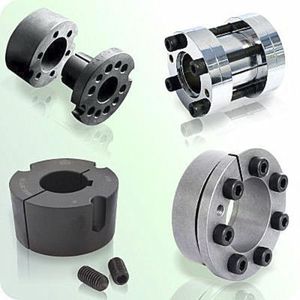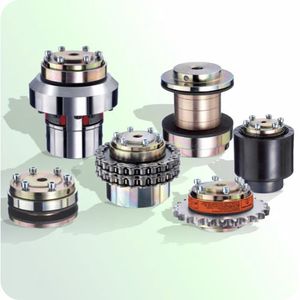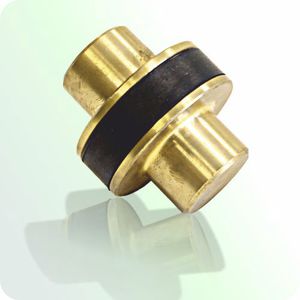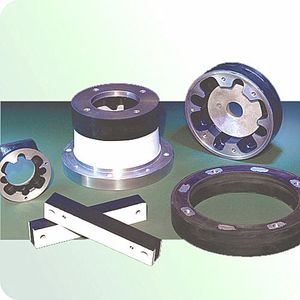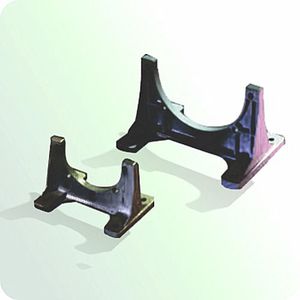
- Power Transmission - Mechanical components
- Mechanical Transmission
- Double universal joint
- jbj Techniques Limited
- Company
- Products
- Catalogs
- News & Trends
- Exhibitions
Single universal joint doublestainless steelprecision
Add to favorites
Compare this product
Characteristics
- Configuration
- single, double
- Material
- stainless steel
- Other characteristics
- precision, with needle bearing, telescopic, short, long, with dust boot, industrial, extension
Description
High precision universal joint, manufactured according to DIN 808/7551.
Every model type is made of 2 hubs with forks and a central block.
Between pins and bores there are:
» P series: 4 bearings with solid pins.
» E series: with sliding bushes.
» H series: with needle roller bearings.
Selecting criteria:
Matching one single joint with two shafts (of which the driving one is rotating at a constant speed), it forms an angle which causes a periodic variation of the driven shaft, exactly four fluctuations per revolution.
The difference between the maximum and the minimum speed of the driven shaft depends on the angle formed by the two shafts. The difference grows when increasing of the angle α.
To have a homokinetic transmission, you have to fit either two opposite single joints (paying attention that the two central yokes lie on the same plain and the angles are equal) or a double joint. The irregularity caused by the former articulation is cancelled by the latter. The overall length resulting from the coupling of the two single joints is even more reduced using a double joint. In other words, the double joint is to be considered the shortest homokinetic transmission.
For low speed applications (max 1.000 rpm) joint with plain bearings (rubbing bearings) are suggested: types E/EB. They are able to support shock loads, drive reserves, irregular running and relatively high torques. The working angles must be reduced in operation between 500 and 1.000 rpm.
For high rotation speeds, relatively low torques or wide angles, joints with needle roller bearings (type V - H) are preferred. They can reach 5.000 rpm always relating to the angle.
Catalogs
No catalogs are available for this product.
See all of jbj Techniques Limited‘s catalogsOther jbj Techniques Limited products
bellhousings & couplings for mechanical power transmission
Related Searches
- Planetary gearbox
- Coaxial gearbox
- Right angle gearbox
- Jbj-Techniques Limited flexible coupling
- Gear train gearbox
- Jbj-Techniques Limited shaft coupling
- Solid-shaft gearbox
- Jbj-Techniques Limited friction brake
- Hollow-shaft gearbox
- Industrial gear reducer
- Transmission gearbox
- Jbj-Techniques Limited flange coupling
- Multi-stage gearbox
- Single-stage gearbox
- Two-stage gearbox
- Machine gearbox
- Torque shaft coupling
- High-performance gearbox
- High-efficiency gearbox
- Electric motor gearbox
*Prices are pre-tax. They exclude delivery charges and customs duties and do not include additional charges for installation or activation options. Prices are indicative only and may vary by country, with changes to the cost of raw materials and exchange rates.


